CoolPlanet BioFuels claims conversion yield of 4K gallons gasoline per acre biomass
Green Car Congress
FEBRUARY 22, 2012
CoolPlanet BioFuels, a start-up developing technology to convert low-grade biomass into high-grade fuels including gasoline, and carbon that can be sequestered ( earlier post ), claims it has achieved a conversion yield of 4,000 gallons gasoline/acre biomass in pilot testing using giant miscanthus, an advanced bioenergy crop.







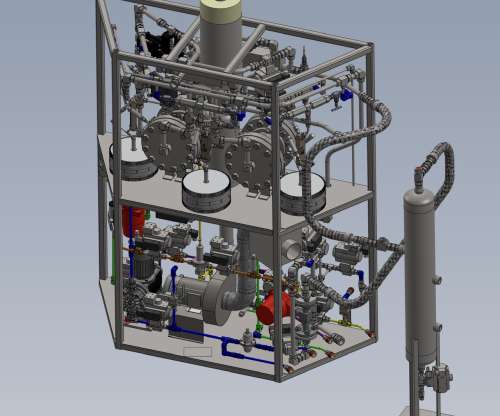
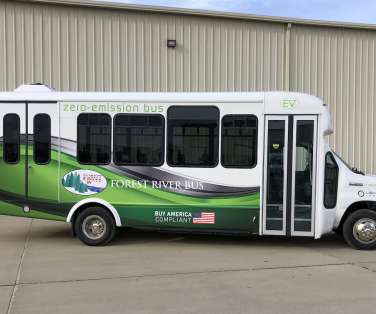






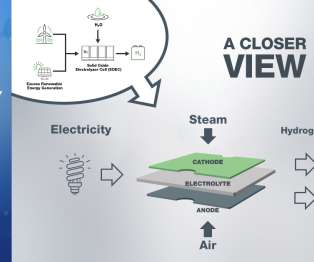
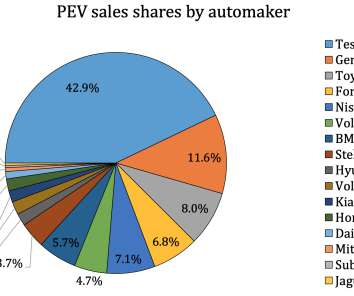

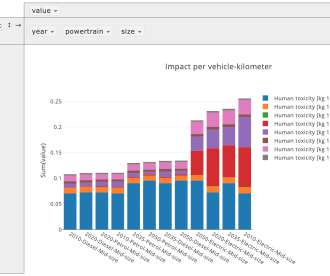
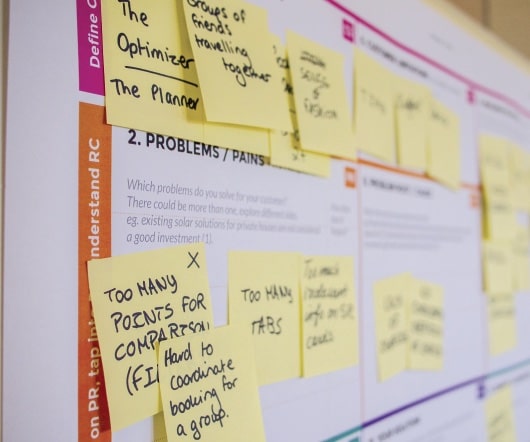





















Let's personalize your content